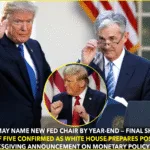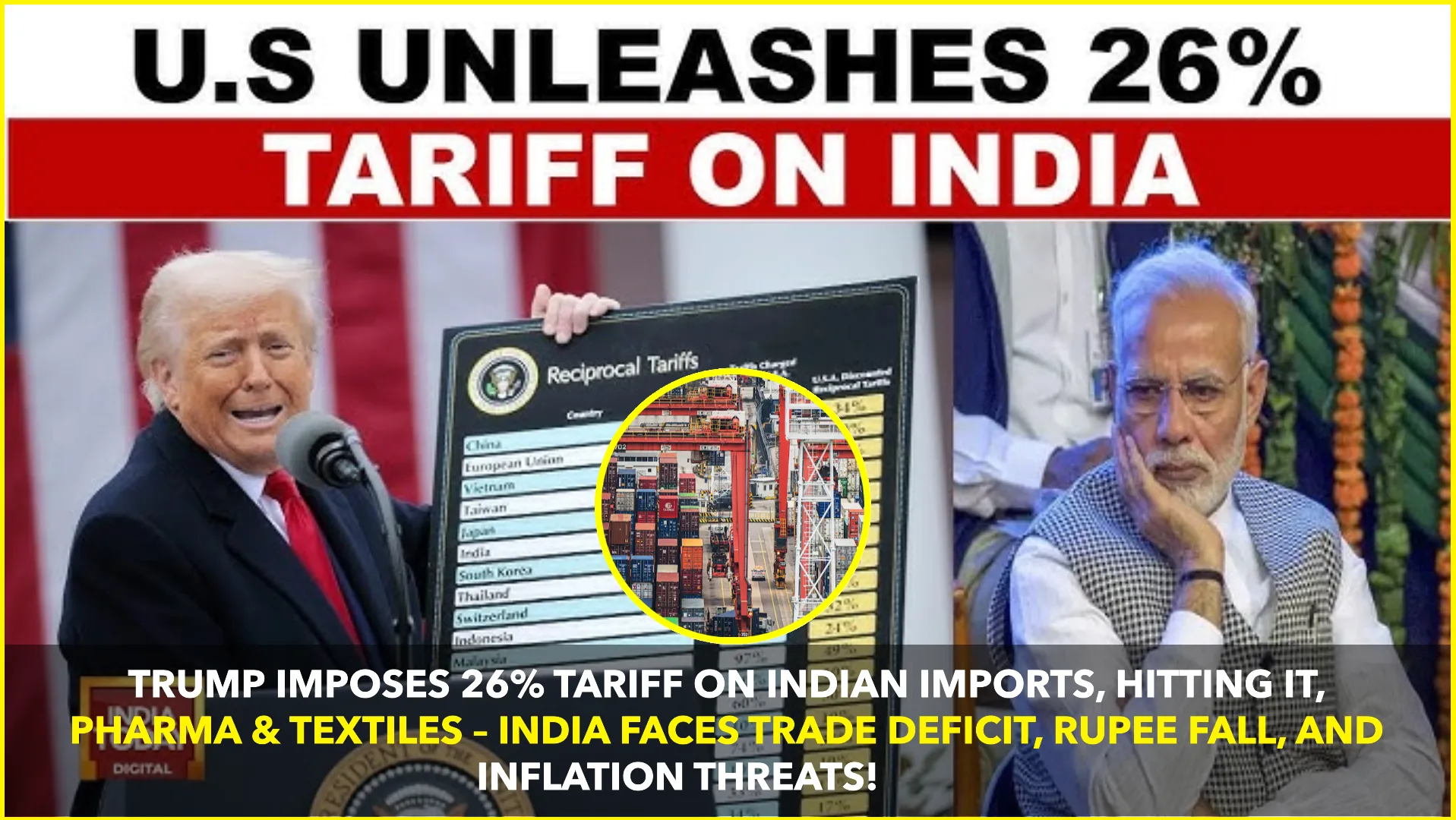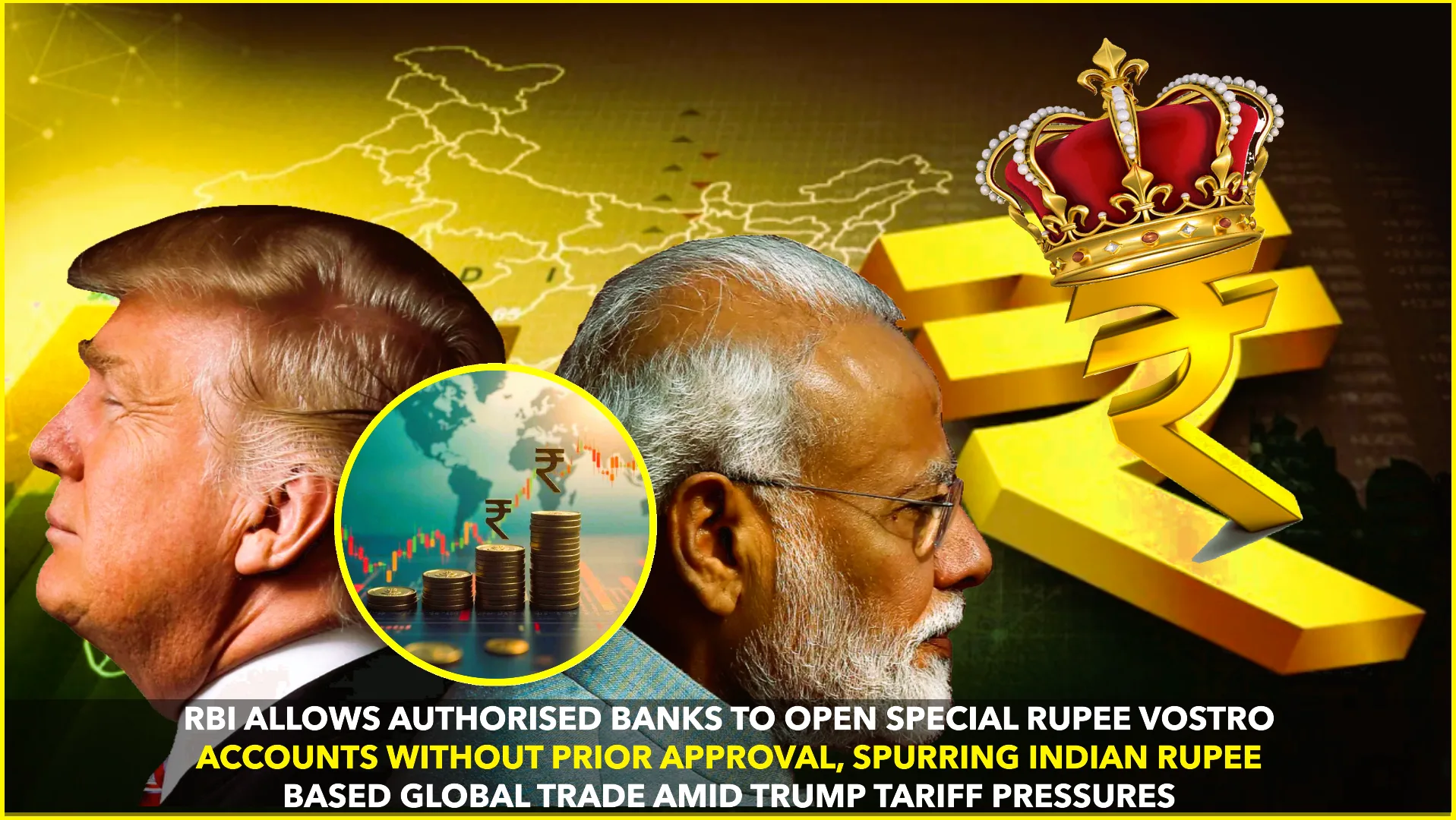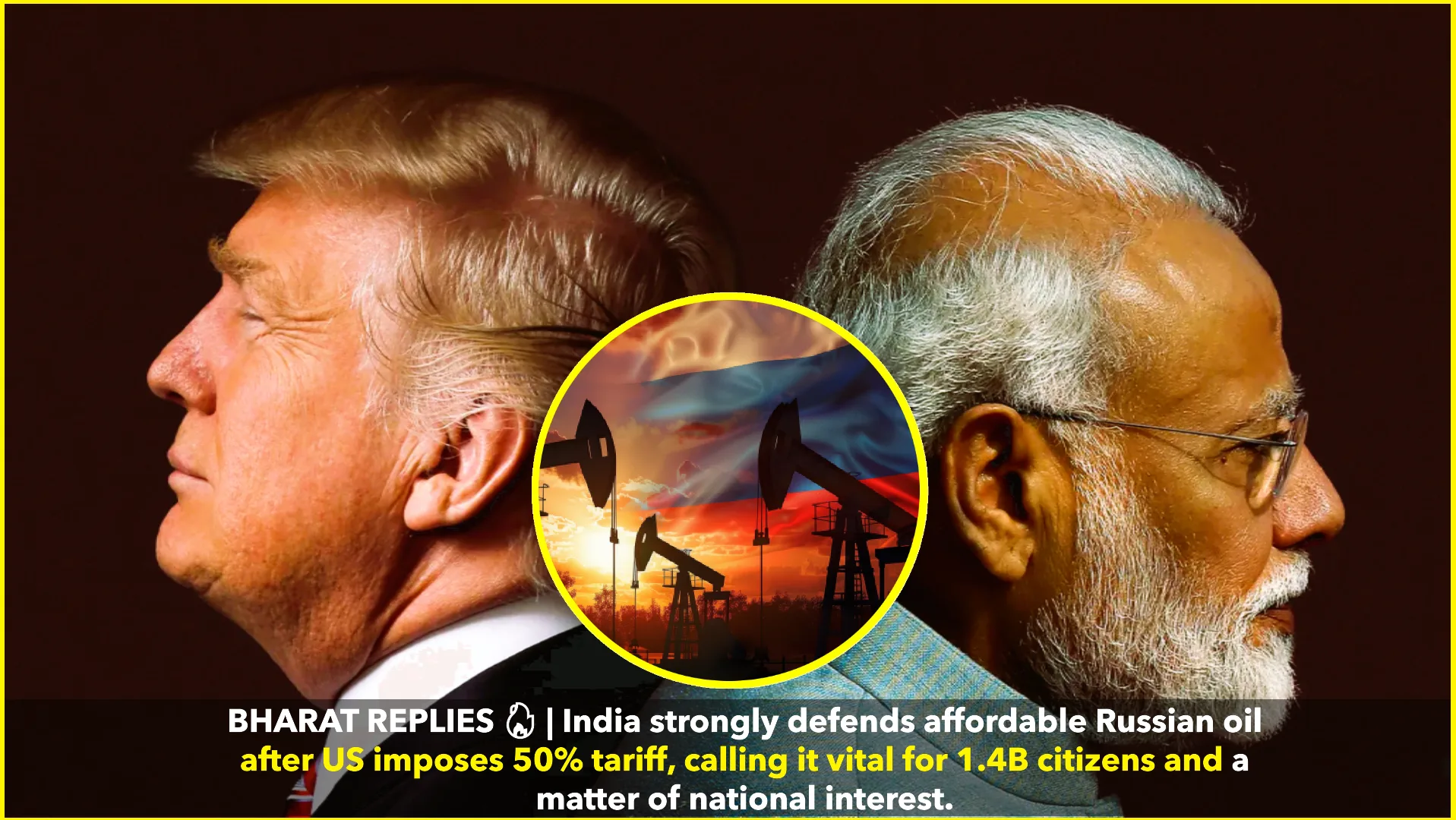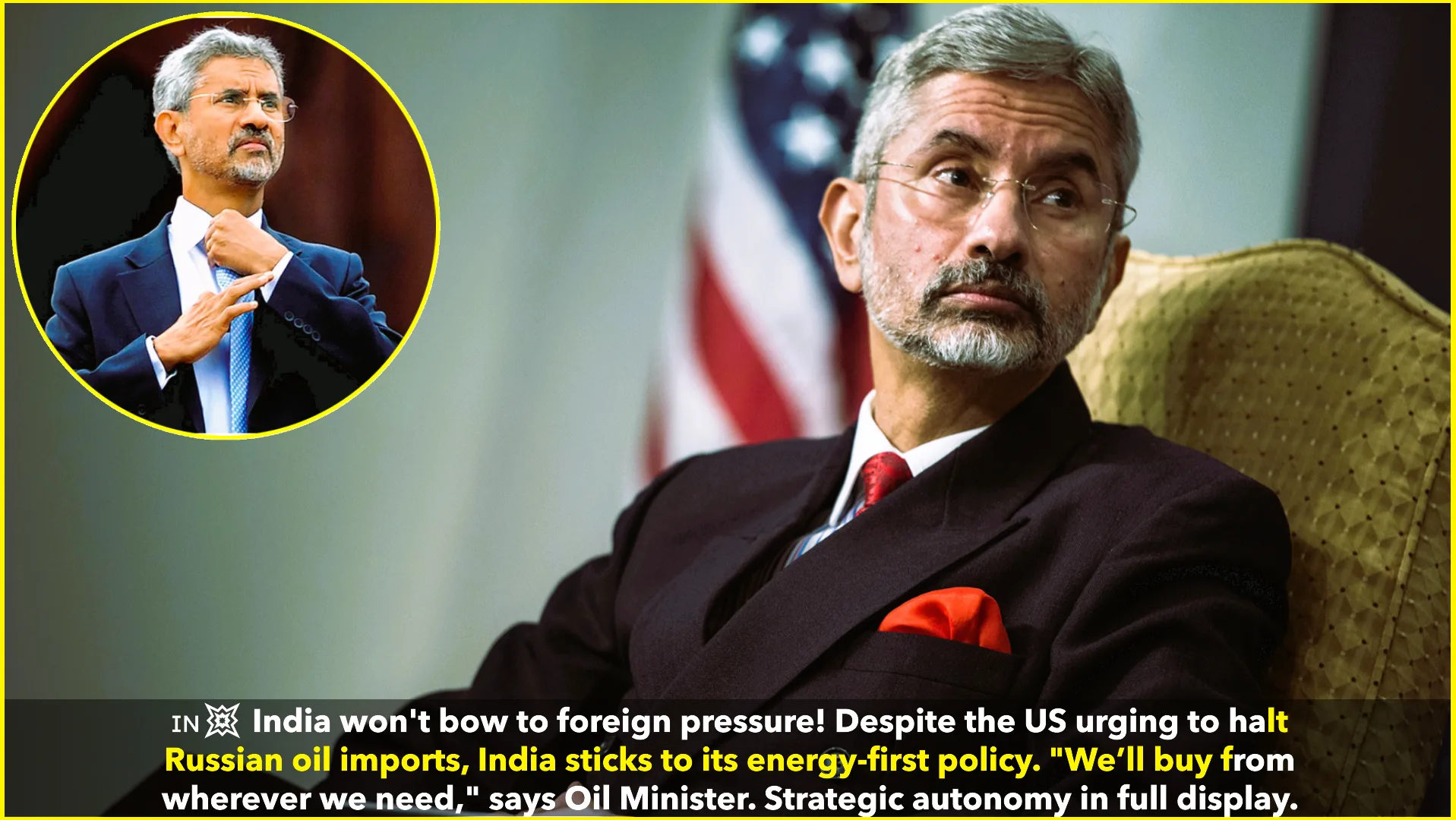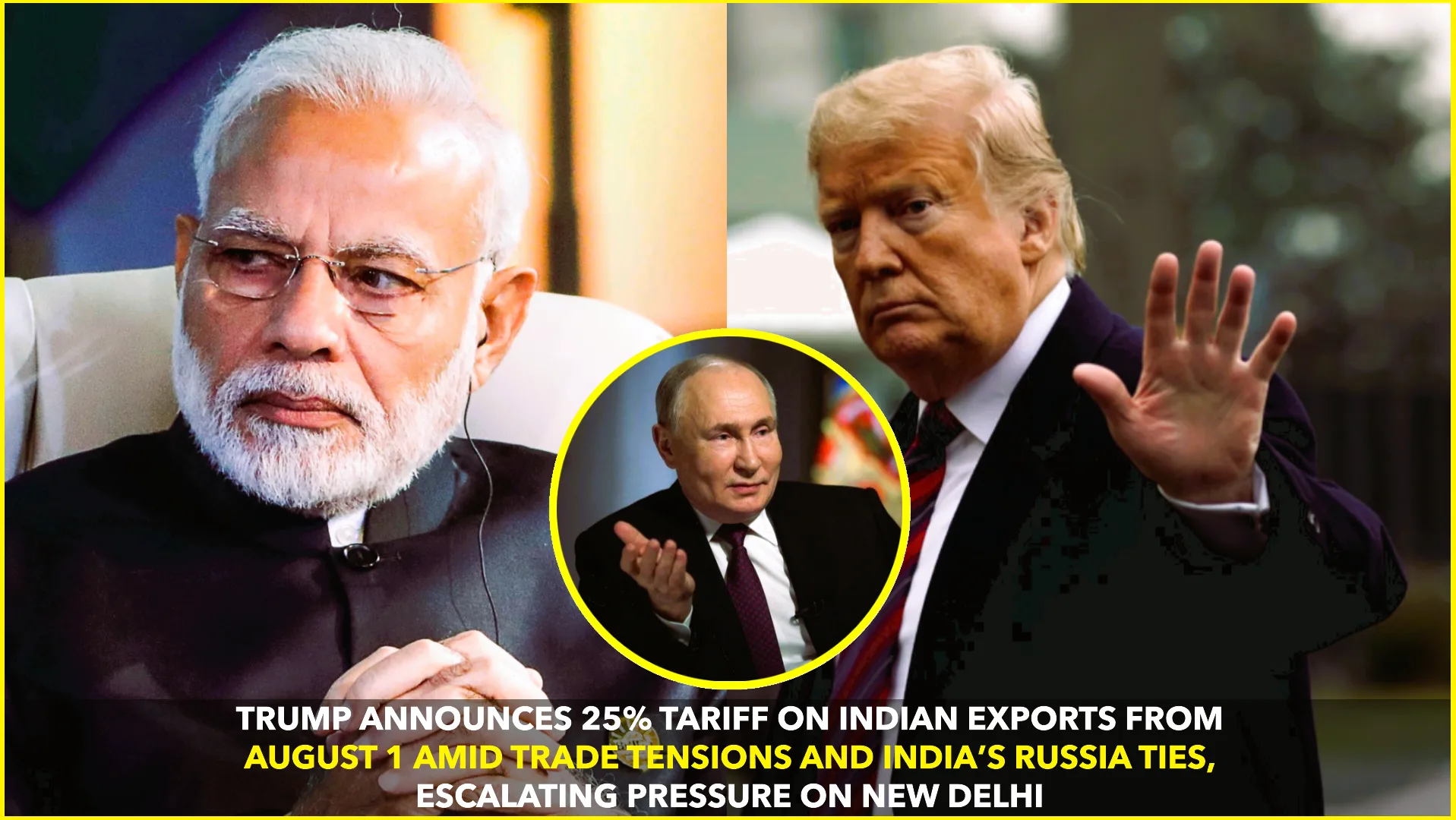In a move that has sent shockwaves through global markets, President Donald Trump announced sweeping tariffs, including a 26% levy on Indian imports and a 34% tariff on Chinese goods, aiming to bolster U.S. manufacturing. These measures are part of a broader strategy to correct what Trump describes as a “sick” economy by encouraging domestic production and generating revenue for tax cuts.
Impact on Indian Exports
The imposition of a 26% tariff on Indian goods is poised to make exports from key sectors such as information technology (IT), pharmaceuticals, and textiles more expensive and less competitive in the U.S. market. This development is particularly concerning given that India’s merchandise trade surplus with the U.S. has been steadily increasing, reaching $33.6 billion in 2023, making it vulnerable to retaliatory tariff actions.
Economic Ramifications for India
The tariffs are likely to exacerbate India’s trade deficit, exert downward pressure on the rupee, and elevate inflation risks. A weaker rupee increases the cost of imports, particularly crude oil, which India heavily relies on. This scenario could lead to higher prices for petrol, diesel, and other petroleum products, contributing to overall inflation. 5paisa
Additionally, the increased cost of exports may compel Indian businesses to seek alternative markets to mitigate losses from reduced U.S. demand. Diversifying export destinations could help cushion the impact but may not immediately offset the decline in trade with the U.S.
Global Market Reactions
The announcement has had immediate and severe repercussions on global financial markets. Wall Street experienced a $2.5 trillion loss in market value, with the S&P 500 dropping 4.8% and the Nasdaq down 6%, marking their worst declines since the 2020 coronavirus crash. Major companies such as Apple and Nike saw significant losses, reflecting investor concerns over the escalating trade tensions. Financial Times
International Responses
China has responded with equivalent tariffs on U.S. goods, further intensifying the trade war. Other countries, including France and the United Kingdom, have condemned the U.S. actions, with French President Macron urging a halt to European Union investments in the U.S. The International Monetary Fund has warned of heightened global economic risks, predicting potential recessions and reduced GDP growth forecasts.
Strategic Considerations for India
In response to the escalating trade tensions, India may need to explore several strategic measures:
- Diversifying Export Markets: Reducing reliance on the U.S. by expanding trade partnerships with other countries and regions.
- Enhancing Domestic Competitiveness: Investing in infrastructure, technology, and skill development to make Indian products more competitive globally.
- Negotiating Trade Agreements: Engaging in diplomatic efforts to negotiate favorable trade terms and reduce tariff barriers.
- Boosting Domestic Consumption: Encouraging domestic consumption to offset potential losses in export revenue.
These steps could help mitigate the adverse effects of the U.S. tariffs and position India more favorably in the evolving global trade landscape.
Conclusion
President Trump’s imposition of significant tariffs on Indian and Chinese goods represents a pivotal moment in international trade relations. For India, the immediate challenges include reduced competitiveness in key export sectors, potential economic imbalances, and the need to adapt to a rapidly changing global trade environment. Proactive and strategic responses will be crucial for India to navigate these challenges and safeguard its economic interests.Latest news & breaking headlines




